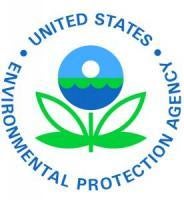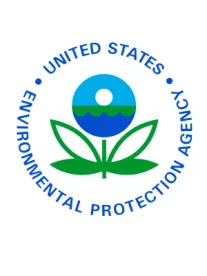WASHINGTON - The U.S. Environmental Protection Agency (EPA) has released the Second Integrated Urban Air Toxics Report to Congress - the final of two reports required under the Clean Air Act (CAA) to inform Congress of progress in reducing public health risks from urban air toxics.
“This report gives everyone fighting for clean air a lot to be proud of because for more than 40 years we have been protecting Americans – preventing illness and improving our quality of life by cutting air pollution - all while the economy has more than tripled,” said EPA Administrator Gina McCarthy. “But we know our work is not done yet. At the core of EPA’s mission is the pursuit of environmental justice - striving for clean air, water and healthy land for every American; and we are committed to reducing remaining pollution, especially in low-income neighborhoods.”
Using national emissions and air quality data, the Urban Air Toxics Report shows the substantial progress that has been made to reduce air toxics across the country since the Clean Air Act Amendments of 1990.
-
A 66 percent reduction in benzene;
-
A nearly 60 percent reduction in mercury from man-made sources like coal-fired power plants;
-
An 84 percent decrease of lead in outdoor air, which slows brain development in children;
-
The removal of an estimated 1.5 million tons per year of air toxics like arsenic, benzene, lead and nickel from stationary sources and another 1.5 million tons per year (about 50 percent) of air toxics from mobile sources. This is significant because air toxics (also referred to as hazardous air pollutants or HAPs) are known or suspected of causing cancer and can damage the immune, respiratory, neurological, reproductive and developmental systems;
-
And, approximately 3 million tons per year of criteria pollutants, like particulate matter and sulfur dioxide, have been reduced from cars and trucks as co-benefits of air toxics reductions.
Reducing toxics is a top priority for EPA, and even with this progress, we continue to improve our understanding of them, so we can effectively reduce remaining risks, particularly in overburdened communities. EPA’s Plan EJ 2014, is making sure environmental justice is addressed in programs and policies across the agency. EPA is working closely with state, local and tribal agencies to promote area-wide and regional strategies to address air toxics and support a number of community-based programs that help communities understand, prioritize and reduce exposures to toxic pollutants in their local environment. For example, in Indianapolis, we are working with partners on the ground through an EPA grant for the “Building Lead Safe Communities” Project in the Martindale-Brightwood and Nearwest neighborhoods. We’re addressing the risk of toxic lead exposure in children through outreach efforts and compiling block level soil lead data, identifying hotspots utilizing air sampling and developing synergistic local solutions.
Additionally, recent EPA actions will further address toxic pollution in communities. Since 2005, EPA has taken steps to address air emissions from stationary sources that include major reductions from boilers, power plants, and Portland cement facilities. For example, the 2011 Mercury and Air Toxics Standards will prevent about 90 percent of the mercury in coal burned in power plants from being emitted to the air. The 2007 Mobile Source Air Toxics rule is projected to reduce toxics emitted from highway vehicles and nonroad equipment, which are known or suspected to cause cancer or other serious health and environmental effects, by 330,000 tons in 2030, including 61,000 tons of benzene, and VOC emissions (precursors to ozone and PM2.5) by over one million tons. We expect reductions in air toxics from cars and trucks to grow to 80 percent by the year 2030 as we get newer, cleaner vehicles on the road.
The proposed updates to emission standards for petroleum refineries would reduce emissions from the 150 petroleum refineries across the U.S., many of which are located near communities. It would also reduce emissions of chemicals such as benzene, toluene and xylene by 5,600 tons per year. These efforts, along with the implementation and adoption of new and existing national rules for stationary and mobile sources of pollution, will improve public health for all Americans by providing further reductions in air toxics.
More information on the report: http://www2.epa.gov/urban-air-toxics




 />i
/>i

